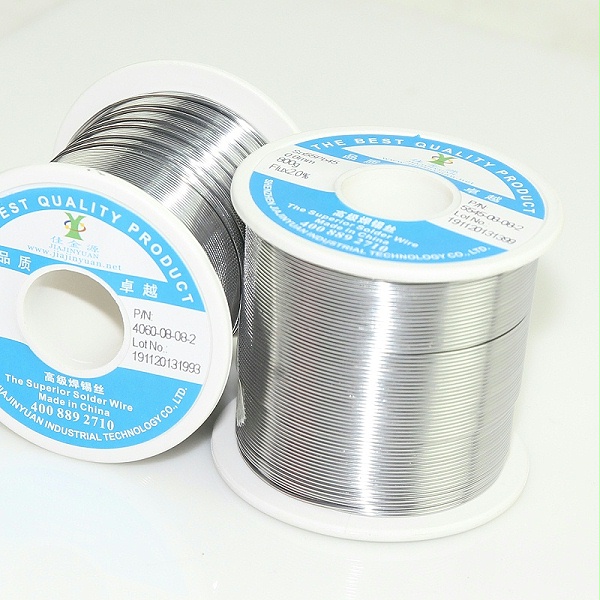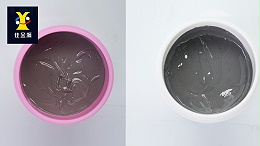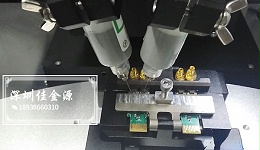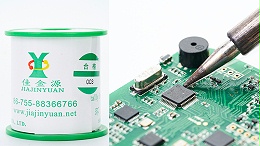
Nowadays, many manufacturers have purchased solder wire but are not sure about the quality of this product, as this situation usually affects the quality of soldering. If we only judge it from the appearance, I think it is definitely uncertain. This is why many merchants want to buy products of better quality. So how can I distinguish the quality? Now, JJY solder Paste Manufacturer will lead you to have a brief discussion:

If we only look at it from the appearance: Everyone should pay attention:
I. Look
Visually, good tin wire should be smooth, lustrous, without oxidation or blackening!
The quality of solder wire is generally better when it is thinner and has a brighter color. Solder wire that is too thick has a higher lead content and is relatively less likely to melt.
Ii. Touch
Good solder wire is white and shiny, and it is not easy to apply it to hands when wiped by hand. However, solder wire with a high lead content is black and it is easy to make hands black when wiped by hand!
The hardness of the tin wire is not high! It has excellent ductility, so the softer it is, the better the purity it indicates!
Before soldering, the temperature of the soldering iron should be adjusted correctly. If the temperature is too high or too low, normal soldering cannot be carried out. Due to the differences in the amount and composition, the melting point is also different. Only by adjusting the appropriate temperature can accurate detection be achieved!
The temperature and degree comparison table is as follows. Temperature error±5Degree of
Tin content63Melting point183Degree of
Tin content60Melting point190Degree of
Tin content55Melting point205Degree of
Tin content50Melting point215Degree of
Tin content45Melting point226Degree of
Tin content40Melting point238Degree of
Tin content35Melting point247Degree of
Tin content30Melting point258Degree of
Tin content20Melting point280Degree of
Tin content10Melting point300Degree of
If we look at it from a professional technical perspective, a professional German imported spectrometer should be adopted for detection, and the accuracy can reach0.001%. Further speaking, the solder wire can be judged based on its insulation resistance, expansion rate and wetting performance. As for lead-free solder wire, it depends on whether it compliesROHSIt is judged by standards, flux residue, halogen-free, and tinning speed.
This is to explain some general ways of identification for everyone, so when making a choiceSolder wireSome should be noted. Generally speaking, there are quite a few manufacturers nowadays. So each should focus on its own products and then sell them as a set. It all depends on who offers better cost performance and better service.



